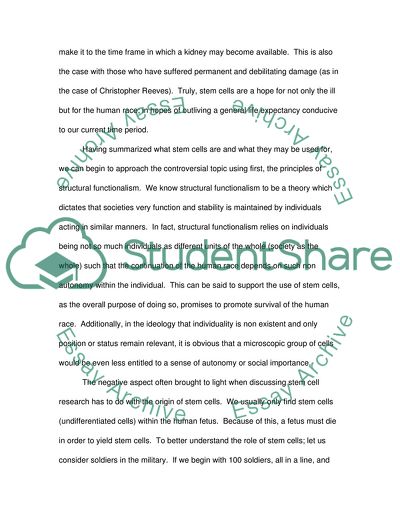Cite this document
(Stem Cell Research Coursework Example | Topics and Well Written Essays - 2250 words - 2, n.d.)
Stem Cell Research Coursework Example | Topics and Well Written Essays - 2250 words - 2. https://studentshare.org/biology/1717837-stem-cell-research
Stem Cell Research Coursework Example | Topics and Well Written Essays - 2250 words - 2. https://studentshare.org/biology/1717837-stem-cell-research
(Stem Cell Research Coursework Example | Topics and Well Written Essays - 2250 Words - 2)
Stem Cell Research Coursework Example | Topics and Well Written Essays - 2250 Words - 2. https://studentshare.org/biology/1717837-stem-cell-research.
Stem Cell Research Coursework Example | Topics and Well Written Essays - 2250 Words - 2. https://studentshare.org/biology/1717837-stem-cell-research.
“Stem Cell Research Coursework Example | Topics and Well Written Essays - 2250 Words - 2”. https://studentshare.org/biology/1717837-stem-cell-research.


